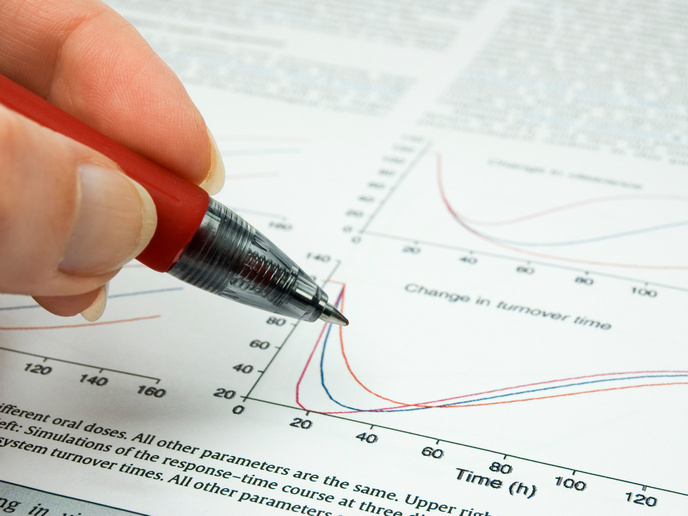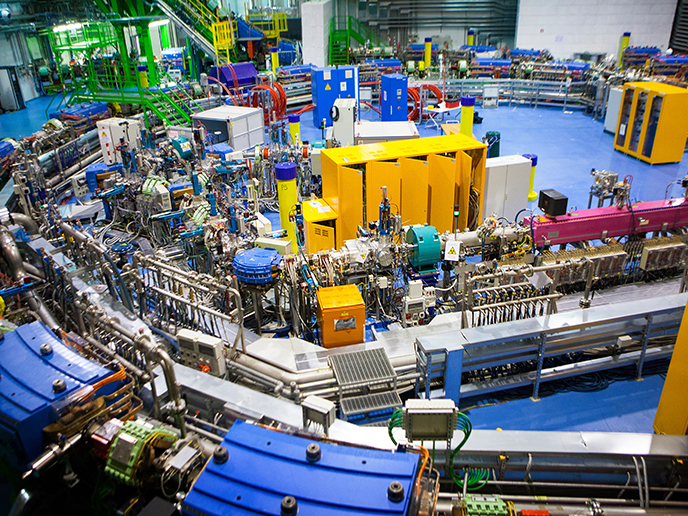Getting it straight for aligning accelerator components
Particle accelerators such as the Large Hadron Collider (LHC) at CERN, represent the pinnacle of achievement in science, but also require the most advanced precision engineering. CERN is studying a new collider, the Compact Linear Collider (CLIC), and as part of these studies, it has set up an EU-funded doctoral training network, PACMAN, to solve some of the technical metrology challenges posed in aligning accelerator components with micrometric precision. The CLIC will continue the LHC work and allow CERN scientists to study collisions between electrons and positrons at energies up to several Tera-electronvolts. In its final configuration the electron and positron bunches are each accelerated over 25 km from two opposite sides. Since the start of its design it has been clear that a major issue will be aligning the 20 000 modules and associated technical systems within the accelerator tunnel. One of the technical challenges will be to align these components over hundreds of metres to create and maintain the smallest possible electron beam, which will create the maximum number of collision events. For the CLIC collider, the size of the beam at the collision point will be of the order of one nanometre vertically and 40 nanometres horizontally (the shape of a ribbon). “The aim of the PACMAN network is to improve the accuracy of the alignment of accelerator components and that involves multi-disciplinary research, combining metrology, high accuracy machining, microwave technology, and magnetic measurements,” says project coordinator and CERN scientist, Dr Helene Mainaud Durand. The network, funded for four years, included ten PhD students and integrated academic and industrial partners. To experimentally test the new methods developed in each project, the electron beam was substituted by a stretched wire, going through the accelerator components. Using magnetic or electro-magnetic measurements, this then enabled the researchers to tell if the wire was accurately positioned at the centre of components. “This took one year of preparation: all the students needed to agree on the same wire that would be used for all the measurements and agree on the hardware and software to be used,” recounts Dr Durand. The methods developed showed that for each type of component it was possible to repeatability position the stretched wire at its centre, within one micrometre. “Such accuracies had never been reached before and will allow us to align components quickly, and additionally use automatised methods to gain time,” explains Dr Durand. Using external positioning templates they would be able to automatically align the components during assembly in industry or after transportation, in the accelerator tunnel. This could be achieved with an accuracy level below five micrometres. At CERN, some of the methods developed by the PACMAN network will be applied to components of the LHC as part of an upgrade in 2024 (HL-LHC project) and it should help increase the number of collision events that can be observed in the LHC. The methods developed in the project have also raised interest in the medical accelerator community, where similar tight alignment tolerances are needed for cancer radiation therapy. “Project methods could also be transferred to the aerospace and automotive industries, research telescopes or satellites assembly,” adds Dr Durand. A subsequent study has been launched by the CERN knowledge and transfer group to explore these possibilities.
Keywords
PACMAN, particle accelerator design, Large Hadron Collider, Compact Linear Collider, metrology, accelerator components, alignment







